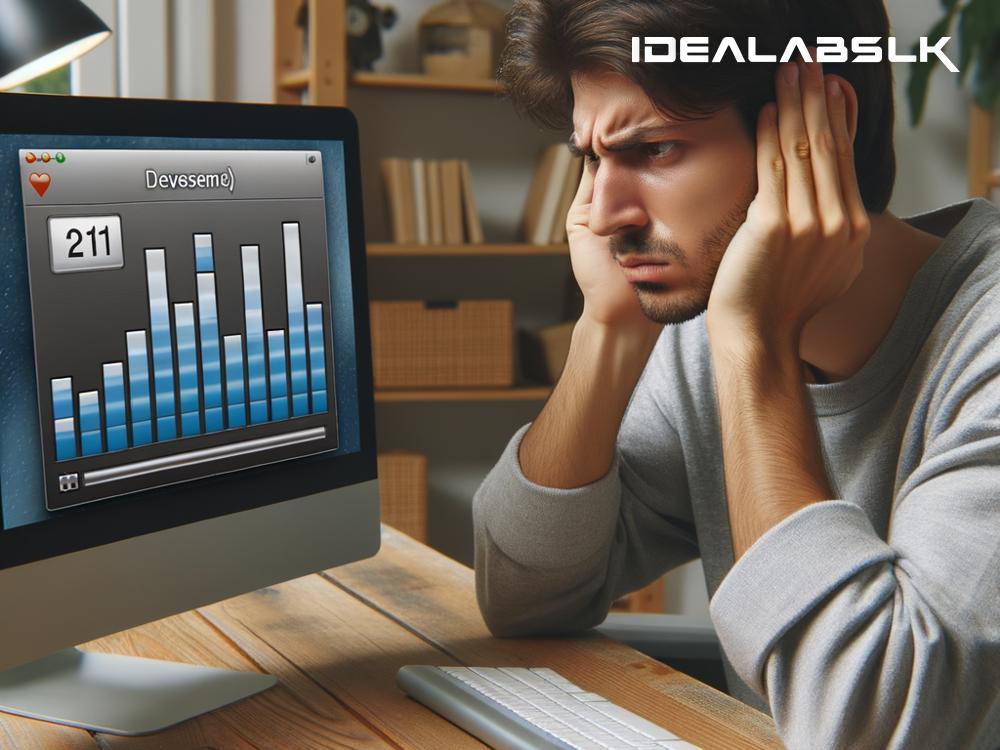Why Your PC Audio is Out of Sync and How to Correct It
Have you ever been watching a movie or video on your computer, only to find that the actors’ lips don't match the words you're hearing? Or maybe you're in the middle of a crucial online game, and the sound effects are lagging behind the action. It’s frustrating, right? When your audio isn't syncing up with your video, it can ruin your viewing or gaming experience. But don’t worry; this common problem can often be fixed relatively easily. Let’s explore why your PC audio might be out of sync and how you can correct it.
Why is Your PC Audio Out of Sync?
Several factors might cause your PC's audio to fall out of sync with the video. Understanding these can help you pinpoint and fix the problem faster. Here are a few common reasons:
-
Heavy System Load: When your computer is running too many applications at once, it may struggle to keep audio and video in sync. High CPU usage can delay audio processing compared to the video.
-
Outdated Drivers: Your sound and graphics drivers are essential for smooth playback. If they're outdated, they might not handle the audio and video properly, leading to syncing issues.
-
Incorrect Settings: Sometimes, your media player settings or sound settings may be configured in a way that causes desynchronization.
-
Network Issues: For streaming content, poor internet connection can lead to buffering issues, causing the audio to lag behind the video or vice versa.
-
Faulty Hardware: Though less common, issues with your speakers or headphones could also lead to audio delays.
How to Correct Audio Sync Issues
Now that we know some potential culprits, let’s talk solutions. Here are several ways to get your audio back in harmony with your video.
1. Close Unnecessary Programs
If your computer is overworked, closing some applications can free up resources and potentially fix the sync issue. Use the Task Manager (Ctrl + Shift + Esc) to see which programs are using the most CPU or memory and consider closing them.
2. Update Your Drivers
Keeping your drivers up to date is crucial for smooth operation. Go to your computer or sound card manufacturer’s website to find the latest drivers. For graphics drivers, visit your video card manufacturer's website. Updating these can often solve your audio sync problems.
3. Adjust Media Player Settings
Many media players like VLC and Windows Media Player have settings that allow you to adjust the audio synchronization. Look for an ‘Audio delay’ setting, where you can manually sync the audio with the video. Consult the player’s help resources for specific instructions.
4. Check Your Internet Connection
For streaming issues, a stable internet connection is key. Try connecting to your router via an Ethernet cable instead of using Wi-Fi for a more reliable connection. If your internet speed is slow, lowering the video quality can also help keep audio and video in sync.
5. Try a Different Playback Device
If you suspect your headphones or speakers might be the problem, try using a different audio output device. If the issue doesn't occur with the new device, your original speakers or headphones might need replacing.
6. Use Software Solutions
For persistent sync issues, especially with locally stored files, consider using video editing software that allows you to adjust the audio track’s timing. Tools like Audacity (for audio) and Adobe Premiere Pro (for video) can help, although they require some learning.
7. Reset Your Sound Settings
Sometimes, just resetting your computer’s sound settings to default can fix syncing issues. You can do this from the Control Panel or Settings app, depending on your operating system. Look for an option to ‘Reset to default’ or something similar.
8. Consider Hardware Solutions
On the off chance that your PC’s audio hardware is failing, an external sound card or a USB audio adapter might fix the problem. These bypass your computer's internal sound processing, potentially eliminating any sync issues.
Conclusion
Audio out of sync issues can be annoying, but they're often fixable with some troubleshooting. Start with the simplest solutions before moving on to more complex fixes. If all else fails, it could be a hardware issue, requiring professional repair or replacement. However, in many cases, following the steps outlined above will get your audio and video back in perfect harmony. Happy viewing (and listening)!

